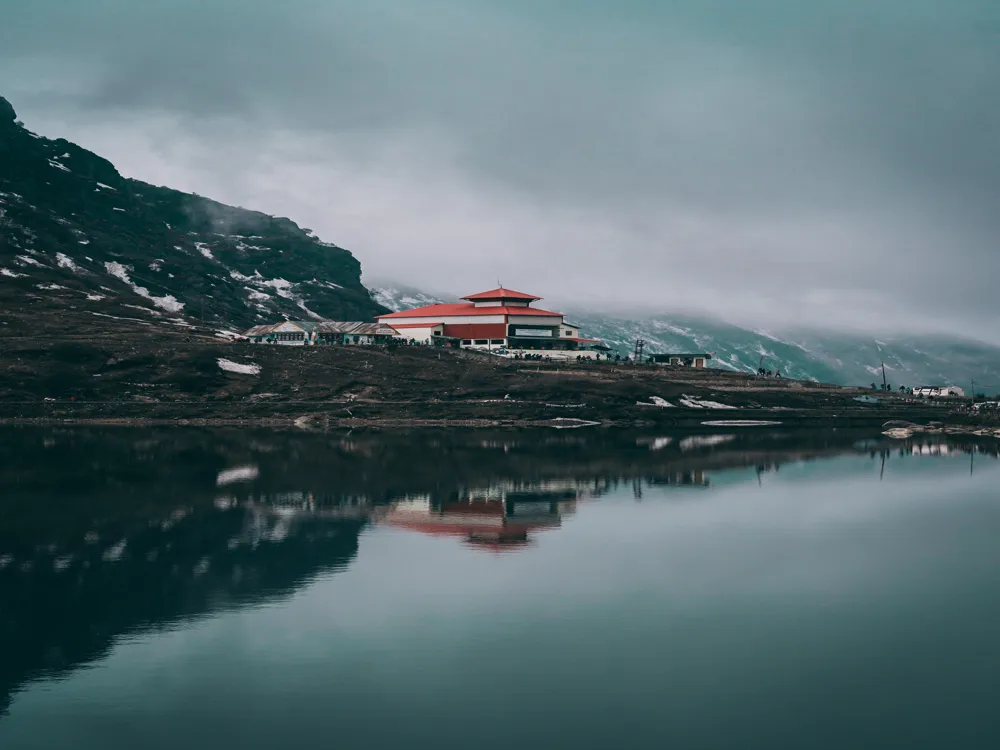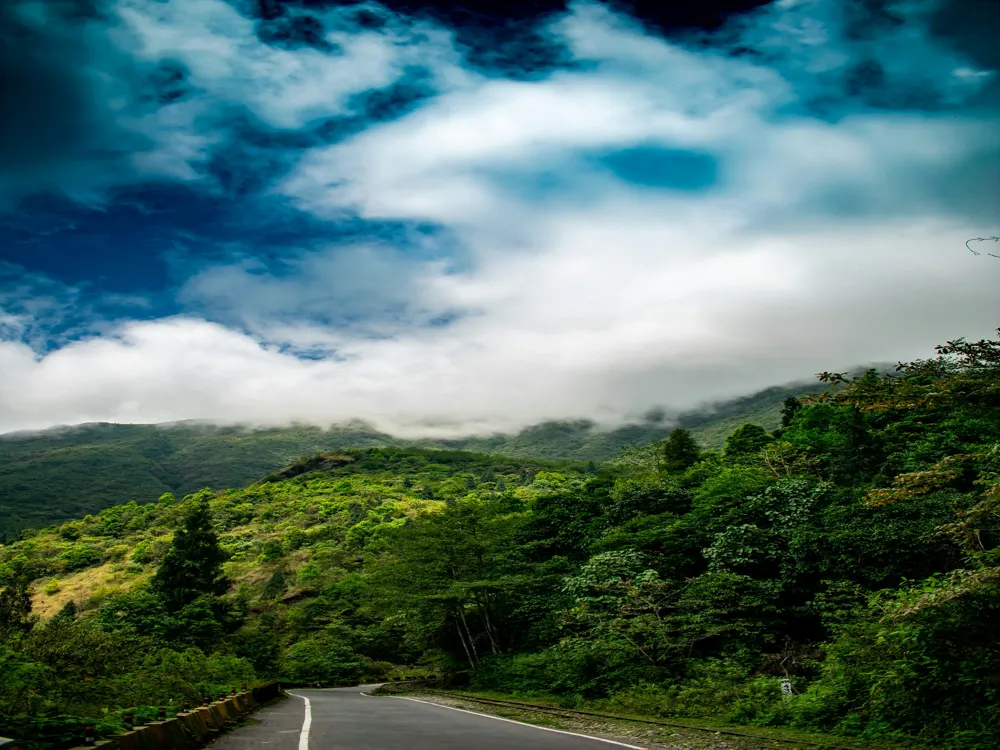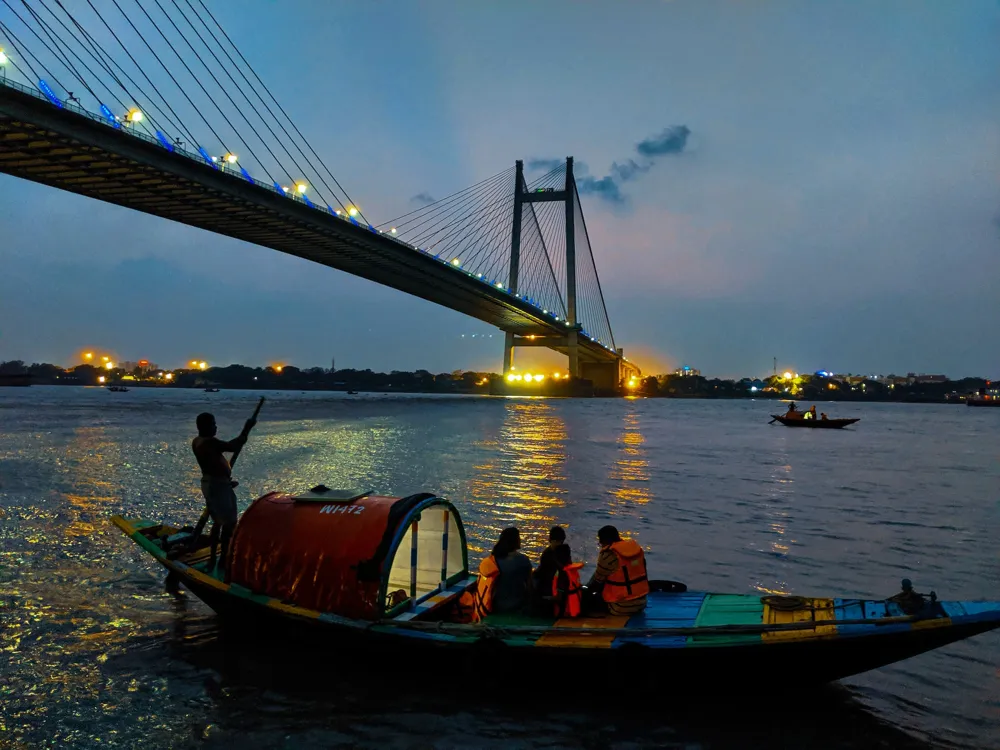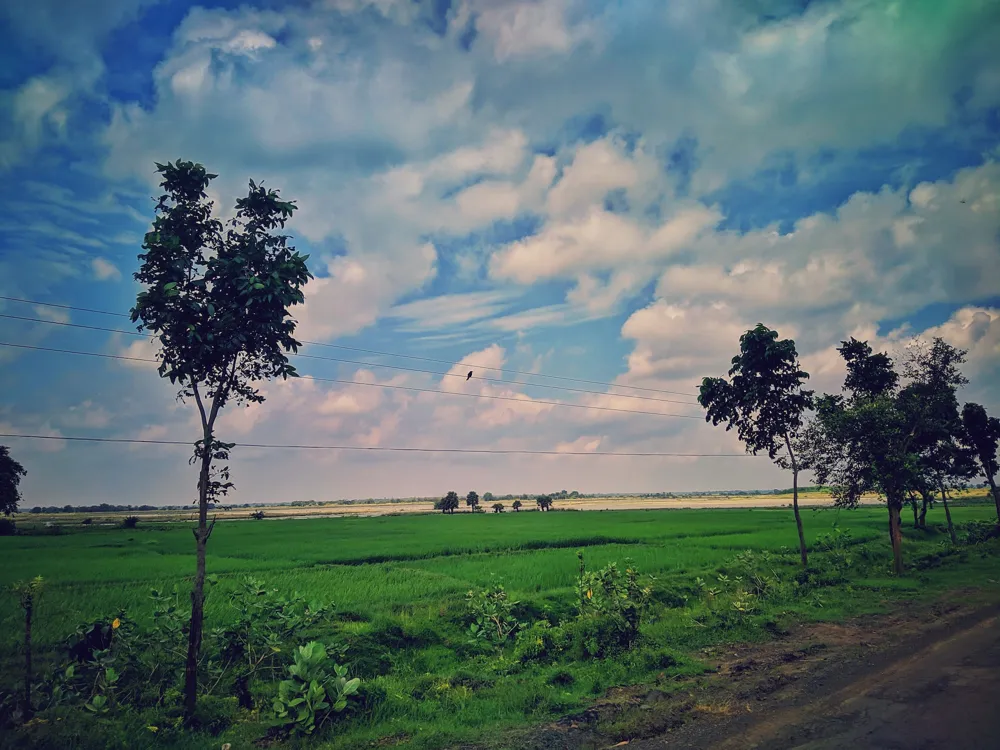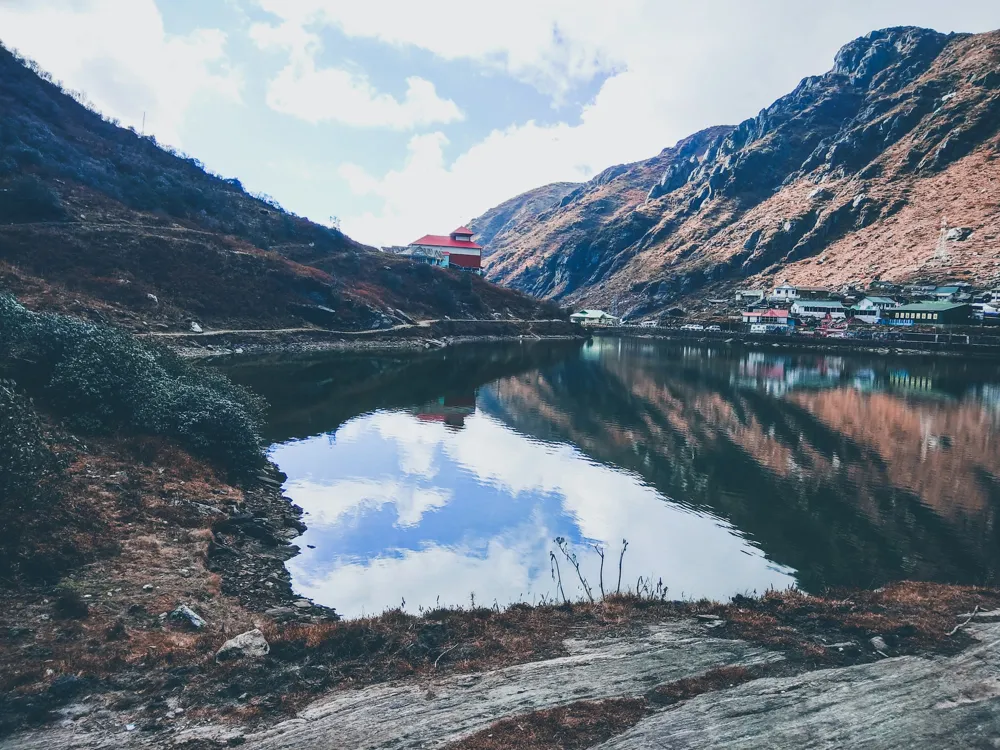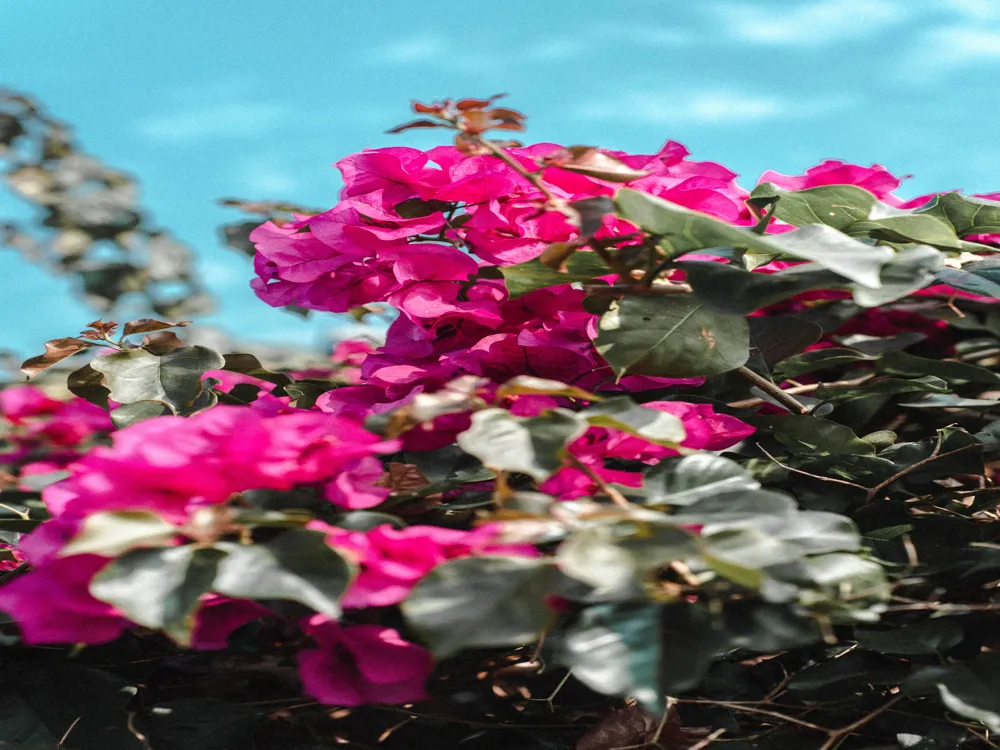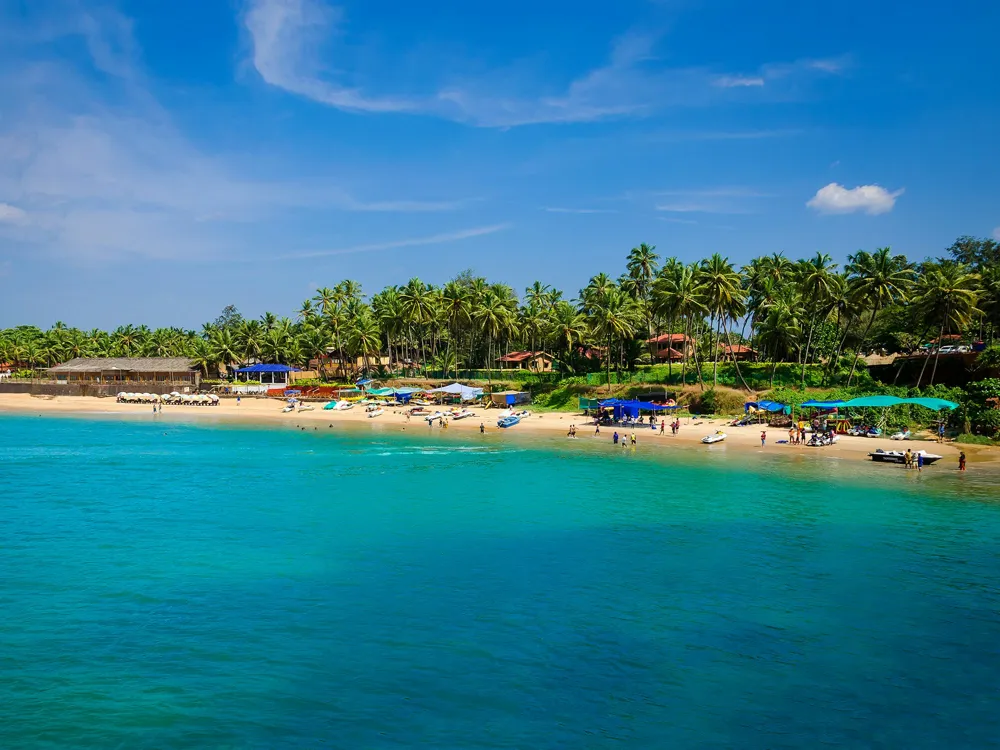Jagjibanpur, a hidden gem in the Malda district of West Bengal, India, is a place brimming with historical significance and cultural heritage. Nestled amidst the lush green landscape, this quaint village has recently come into the limelight for its archaeological importance. The discovery of a Buddhist monastery here has put Jagjibanpur on the map for historians and tourists alike. This region, once part of the ancient Pala Empire, showcases a unique blend of historical narratives and cultural amalgamations. The history of Jagjibanpur is deeply intertwined with the Pala dynasty, which ruled over Bengal and Bihar. The Palas, known for their patronage of Buddhism, left a lasting impact on the region's architecture and cultural fabric. Jagjibanpur's recent archaeological excavations unearthed remnants of a Buddhist Vihara (monastery), which is believed to date back to the 9th or 10th century. This discovery has not only provided valuable insights into the region's past but also sparked interest among scholars and tourists. Aside from its archaeological significance, Jagjibanpur is a testament to the rich cultural heritage of Bengal. The village is surrounded by verdant fields and traditional homes, offering a glimpse into the rural Bengali lifestyle. The locals, known for their warm hospitality, add to the charm of Jagjibanpur, making it a must-visit destination for those seeking a blend of history, culture, and tranquility. The architecture of Jagjibanpur is a fascinating subject that reflects the historical and cultural richness of the region. The most prominent architectural feature in Jagjibanpur is the ruins of the ancient Buddhist monastery, which showcases the artistic and architectural prowess of the Pala dynasty. The monastery, built primarily of brick, stands as a testament to the advanced construction techniques of the time. The archaeological site in Jagjibanpur reveals a well-planned monastery layout, characteristic of Buddhist architecture. The central shrine, or stupa, is surrounded by an array of cells that likely housed monks. Intricate terracotta plaques, which once adorned the walls of the monastery, depict various scenes from Buddhist lore and everyday life, offering a window into the artistic sensibilities of the era. Interestingly, the architectural style of Jagjibanpur's monastery shows influences from both the Gupta and later Pala styles. The blend of these styles in the monastery's design and decoration highlights the cultural confluence that Bengal experienced during this period. The use of baked bricks and terracotta in construction also points to the technological advancements of the Pala Empire. The ideal time to visit Jagjibanpur is between October and March. During these months, the weather is pleasant, making it conducive for exploring the archaeological site and the surrounding areas. Visitors are encouraged to dress modestly and respect the local customs and traditions. Engaging with the locals respectfully can enrich your experience in Jagjibanpur. Opting for a guided tour can enhance your understanding of the site's historical significance. Local guides are often available, who can provide insights into the monastery's history and architecture. While Jagjibanpur itself may not have many staying options, nearby towns like Malda offer a range of accommodations, from budget hotels to more comfortable lodgings. Don't miss out on trying the local Bengali cuisine, known for its unique flavors and delicacies. Local eateries and street food stalls offer a taste of Bengal's culinary delights. Reaching Jagjibanpur is relatively straightforward, with multiple modes of transportation available. The nearest major city is Malda, which is well-connected by road and rail. From Malda, one can hire taxis or take local buses to reach Jagjibanpur. The village is around 35 kilometers from Malda town, making it an accessible day trip for visitors. For those traveling by air, the nearest airport is in Bagdogra, from where one can take a train or a cab to Malda and then proceed to Jagjibanpur.Overview of Jagjibanpur, Malda, West Bengal
Architecture of Jagjibanpur
Tips When Visiting Jagjibanpur
Best Time to Visit
Respecting Local Culture
Guided Tours
Staying Facilities
Local Cuisine
How To Reach Jagjibanpur
Jagjibanpur
Malda
West Bengal
NaN onwards
View malda Packages
Malda Travel Packages
View All Packages For Malda
Top Hotel Collections for Malda

Private Pool

Luxury Hotels

5-Star Hotels

Pet Friendly
Top Hotels Near Malda
Other Top Ranking Places In Malda
View All Places To Visit In malda
View malda Packages
Malda Travel Packages
View All Packages For Malda
Top Hotel Collections for Malda

Private Pool

Luxury Hotels

5-Star Hotels

Pet Friendly





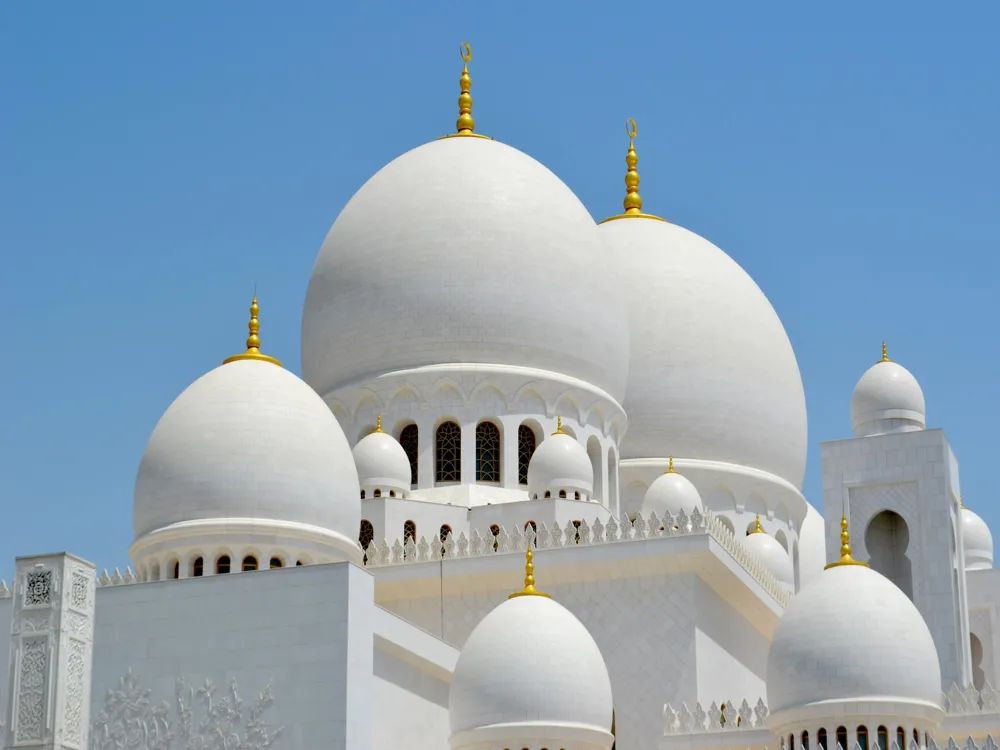
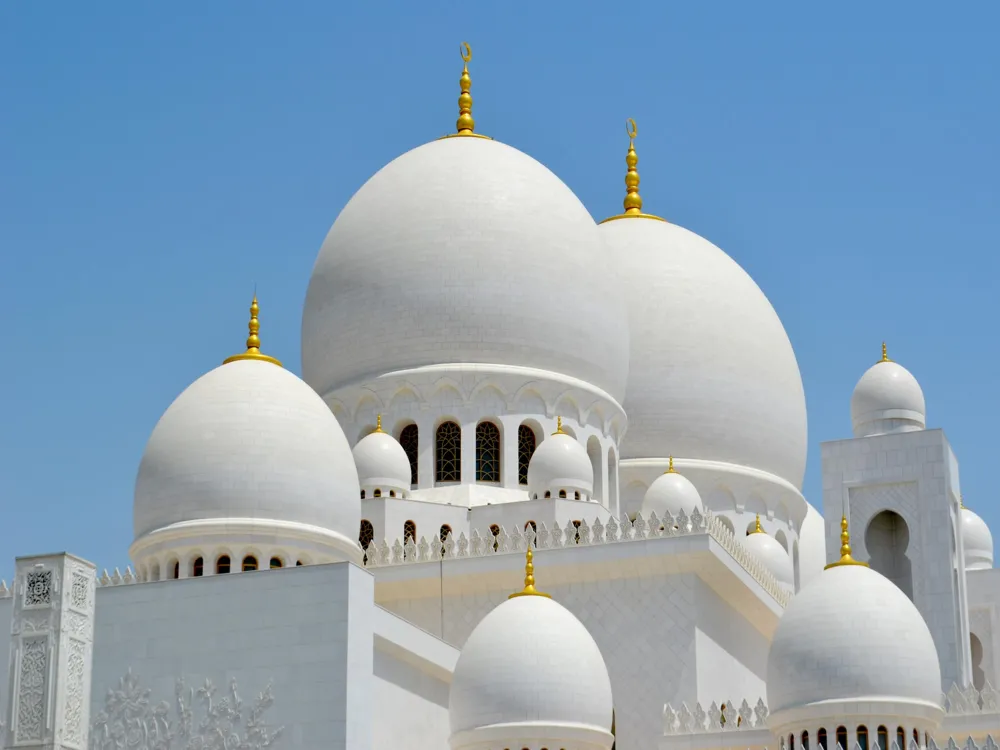
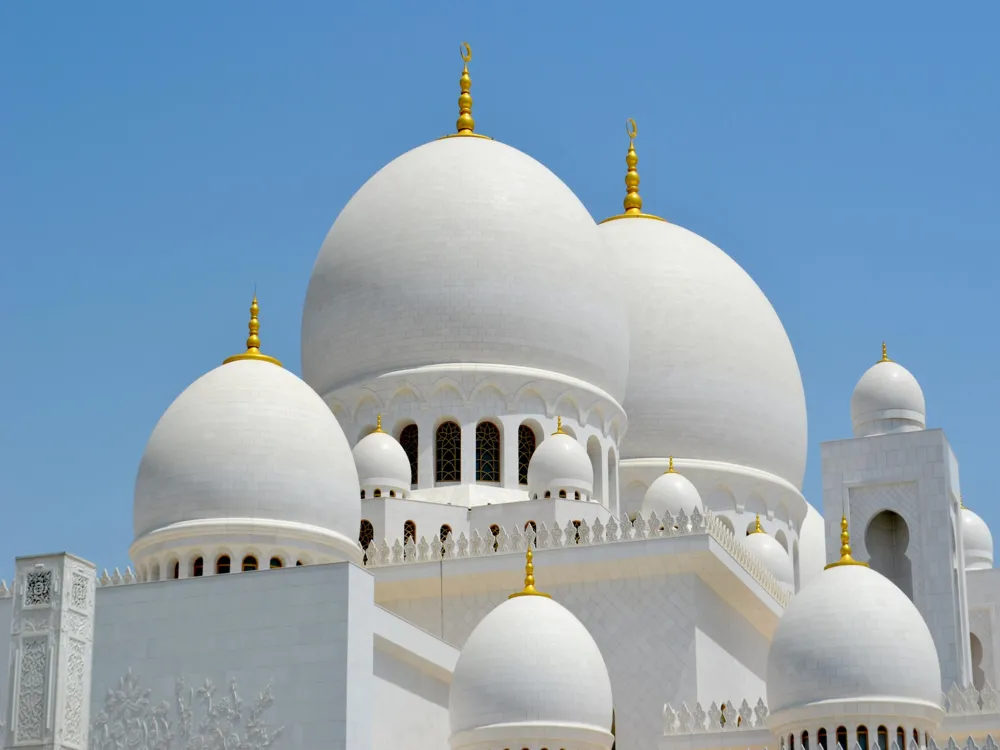

/eklakhi-mausoleum-pandua-slider-1.webp)
